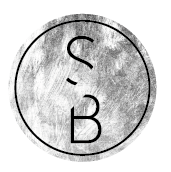.07
Workflow
A thorough project consultation and good agreements are the basis for a pleasant & productive cooperation,
and making a great illustration is the result of collaborative problem solving.
In most cases the following procedure is applicable:
a.
Acquaintance &
consultation
In a personal meeting or by online consultation we will review your project in order to determine how I can help you. Free of obligations, we'll discuss the time frame, budget, project requirements, etc... Together we'll examen which solution is best suited in accordance to your wishes, taking in account the main purpose and the target audience.
Sharing your knowledge and expertise with me is vital and any research & reference material that can help in developing the art is welcome and will be treated in confidence and with respect :
Your research paper (if applicable) and any relevant publications.
Examples of illustrations/photos that visualizes your subject.
Any text or points of attention that are required in the illustration.
...
Afterwards you will receive a clear quotation and after approval I can start with a sketch design and proposal.
b.
the Sketching phase:
Design & conception
The sketch phase is where the first lines of the design are set in search for the optimal visualization. There is opportunity for steering & guiding this progress through mutual consultations, as things can easily be adjusted and realigned in this phase. Therefore, depending on the subject, two or three rounds of sketch reviews are included.
Hence, before starting with the final elaboration, a last check for correctness and approval will be asked before proceeding.
c.
final elaboration
& delivery
After approval, the final sketch is then carried out in the agreed traditional or digital media to achieve the targeted illustration. Once approved, the finished illustration will be delivered in the kind of media or file type you require or prefer.






